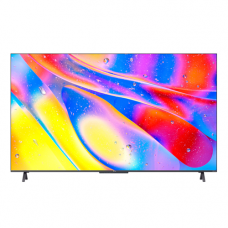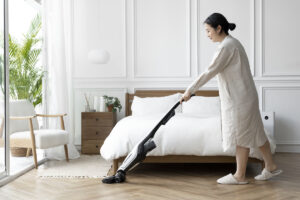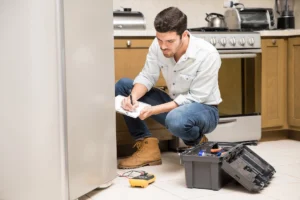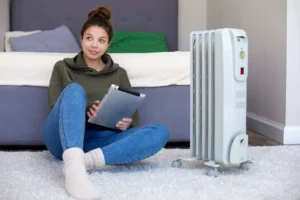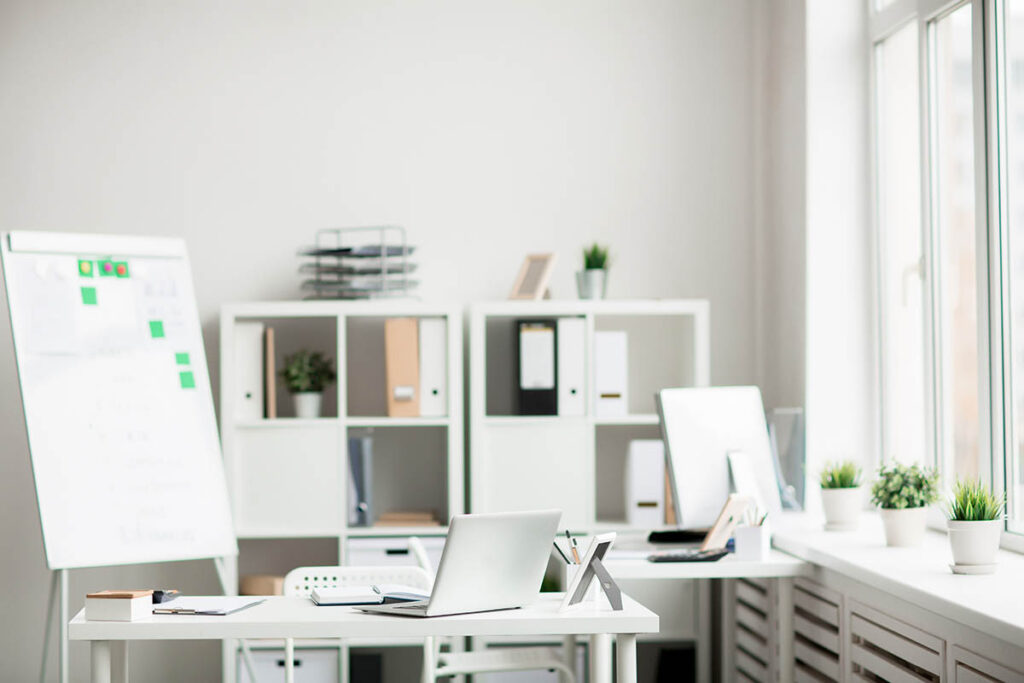
5 Home Office Design Tips that Boost Productivity
While work-from-home setups aren’t new, the COVID-19 pandemic caused remote and hybrid working arrangements to boom across practically every industry worldwide. And now that the coronavirus crisis has begun to recede, many employers have discovered that allowing their employees to work from home can be potentially beneficial in many ways. Home-based work setups have been found to help companies cut costs, maximize productivity, and facilitate greater job satisfaction among workers.
If you’re one of the lucky ones who gets to work from home, you may especially appreciate the setup during the rainy season. Remote work means you can avoid going out in bad weather, getting wet in a downpour, and being stuck in traffic when roads become flooded. However, you should take steps to ensure that your productivity levels are sustained even in a home office environment and that you won’t be tempted to spend rainy days curled up in bed. Investing in a comfortable and functional workspace is one of the best ways to keep you productive and focused on your tasks.
Try the following tips to build a well-appointed home office that will enable you to work at your best:
Dedicate a Separate Space
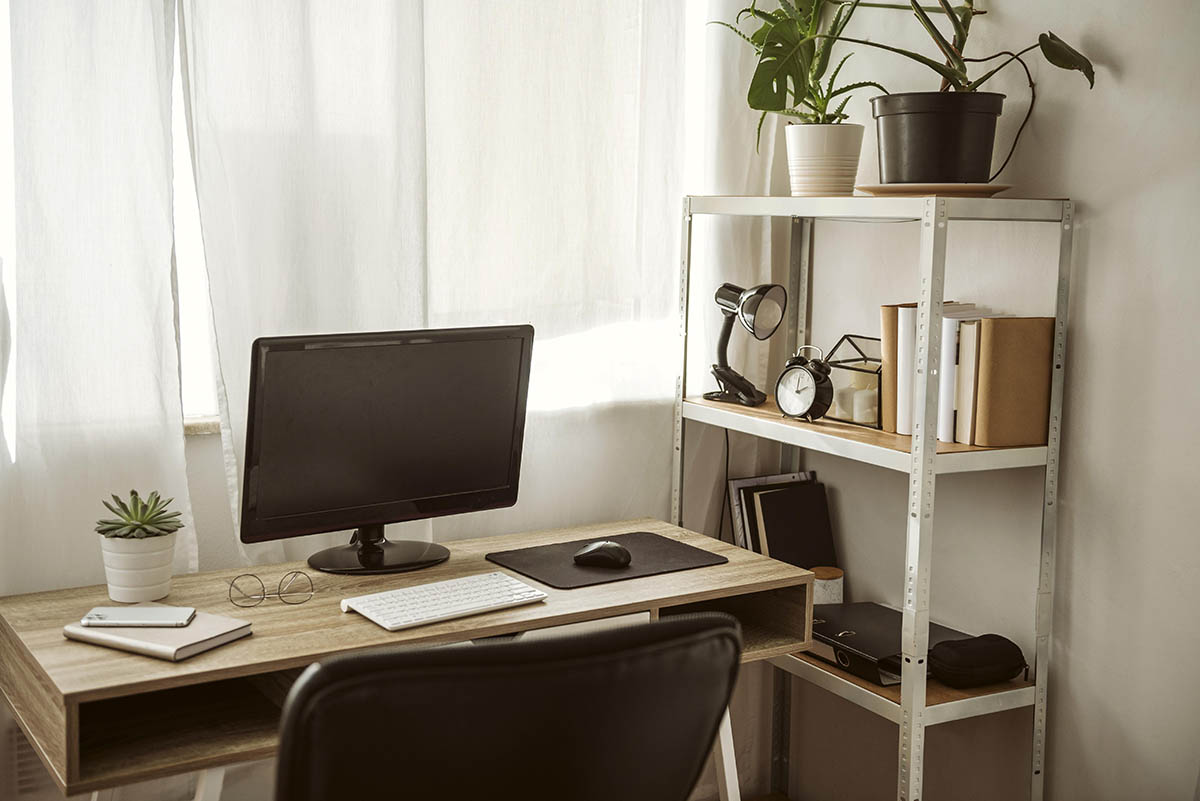
As much as possible, your home office should be set apart from the rest of your household to separate your work life more clearly from your home life. A small room with a door that can be shut for privacy purposes is ideal.
While most people won’t have spare rooms in their houses, it’s possible to convert other rooms in the house into dual-purpose spaces. Guest rooms, for instance, can function as offices most of the time and turn back into bedrooms when someone comes to visit. If you can’t find a dedicated room, try to set up your workspace in a secluded part of your home that will keep the rest of your household out of your way as much as possible.
Invest in Good Equipment
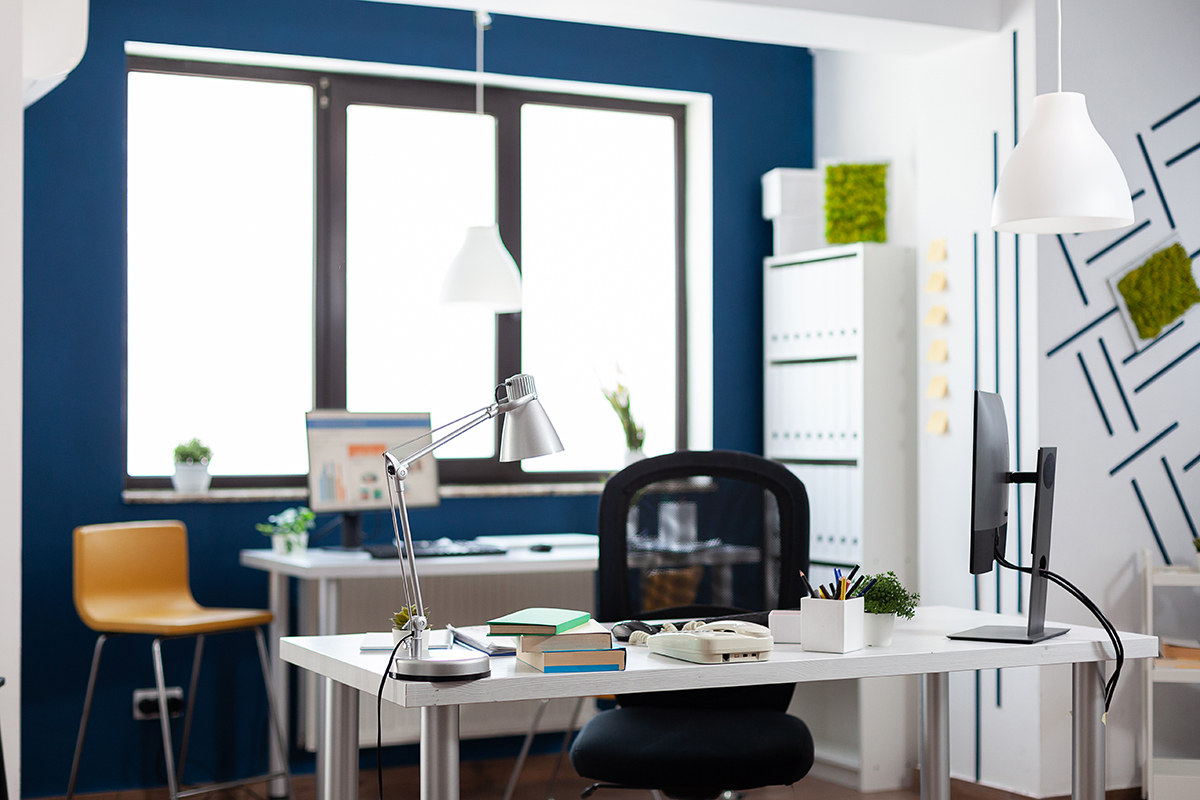
Of course, you won’t be able to do your best work without the right tools. Work-from-home jobs are highly dependent on computers and internet connectivity, so you’ll need a trustworthy PC with all the necessary software installed to do your tasks. Depending on the nature of your job, you might also want a large, high-resolution monitor so you can see what you’re working on clearly. An unused smart TV can function as a secondary screen on which you can view your work output in full, which will come in handy if you work in illustration, web design, or a similar creative field.
What other equipment you outfit your home office with will naturally also depend on the work you intend to do in it. These might include a printer, scanner, docking station, and other electronics. If you do online conference calls regularly, a quality headset with a built-in microphone is a must.
Choose Ergonomic Furniture
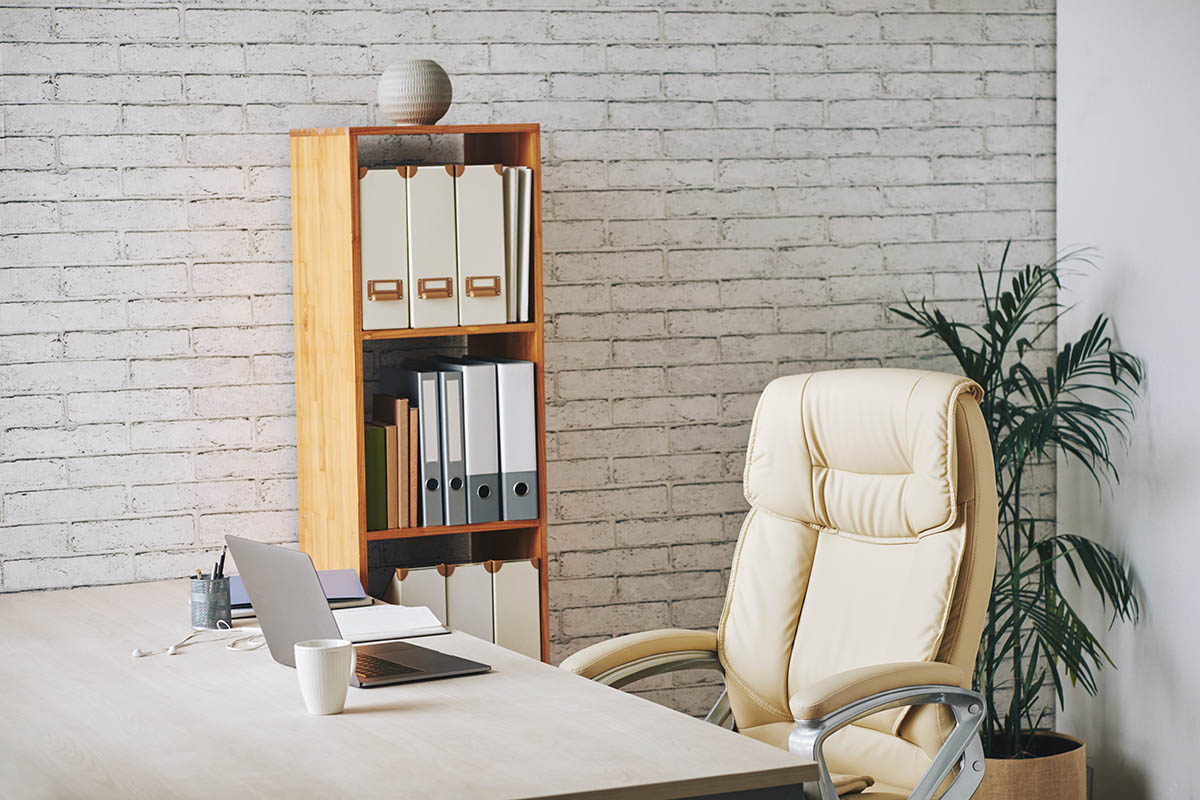
Considering the amount of time you can expect to spend at your workstation, an ergonomically designed desk and chair are essential. Make sure to choose a desk at a comfortable height for you to work on, or buy one with an adjustable height. Most adjustable desks can be made shorter or taller by extending or contracting their legs.
You’ll know your desk is at the correct height when you can sit at it with your forearms directly parallel to the ground as you work. Your fingers will be dangling slightly downward toward your keyboard, but your wrist shouldn’t bend up or down when you type or use your mouse. Prolonged wrist strain is one of the most common sources of repetitive strain injury for office workers and those who work from home.
A good chair will encourage healthy posture and prevent any injuries to your back from using your computer for prolonged periods. Resist the temptation to use deck chairs or dining chairs just because you already have them on hand. These chairs are rarely the right height for desk work, and they don’t always provide enough back support to encourage an upright posture. Invest instead in a quality office chair with an adjustable height and lumbar support for your lower back.
Keep Your Workspace Organized
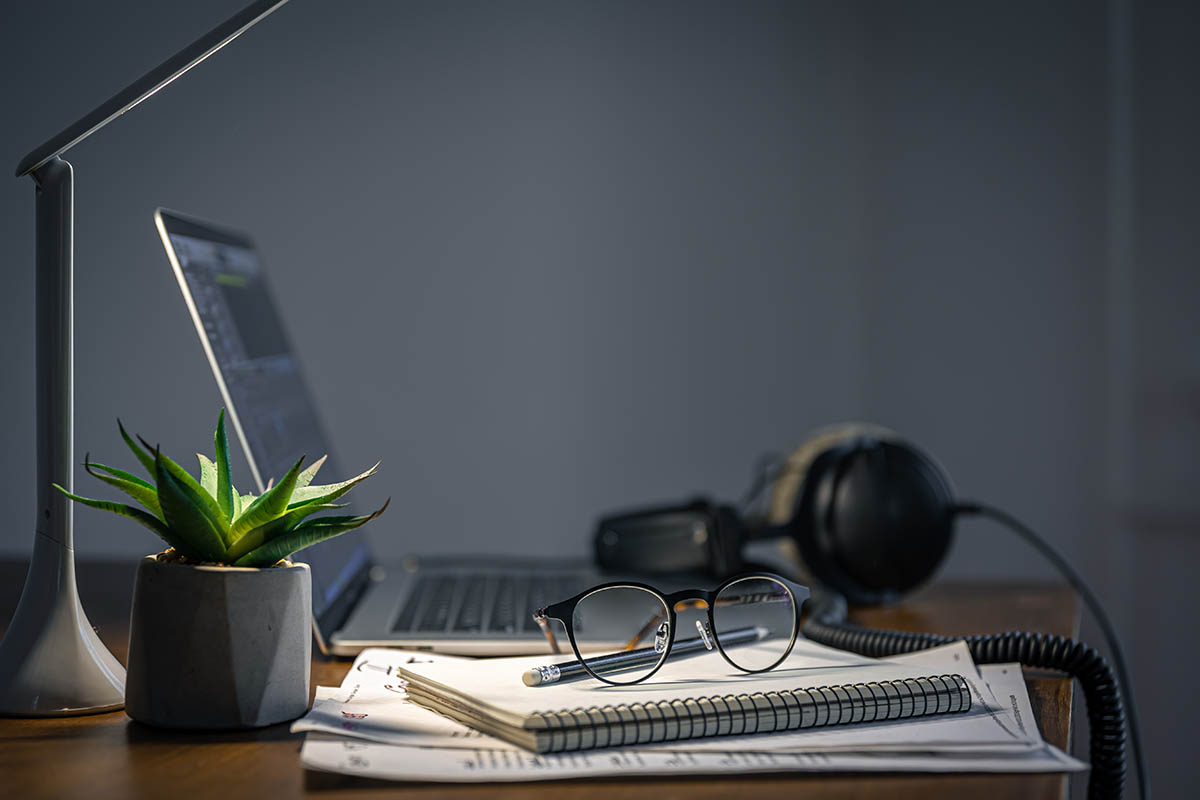
The more organized your workspace is, the more productive you’re likely to be when you use it. Sorting through piles of clutter for a particular document or tool can waste valuable time that you could be spending on work, rest, or other activities. Spending so much time in a messy space might also take a toll on your mood and concentration in the long run.
Ample storage is key to keeping your workstation neat and orderly. Make sure your home office is outfitted with enough shelves, filing cabinets, and other storage spaces for your needs. Cabinets on rolling casters are an especially convenient option, as you can simply slide these out of sight when you don’t need them.
Take Advantage of Natural Light
Many studies show that higher levels of natural light in an office greatly improve productivity, mood, and overall satisfaction for workers. Working in natural light also reduces eye strain, headaches, and drowsiness during the work day. Though the skies are usually overcast during the rainy season, you may be able to get enough sunlight in your office. Keep your curtains open and add a lamp if you need the room to be a bit brighter.
Since you’ll be spending most of your time in your home office during the workweek, a comfortable, functional setup is essential. A well-designed home office will keep you both physically and mentally healthy and help you make the most of your days.
Related Products
- Sold Out51% Off
 [wc-ps tag="span"]Compare
[wc-ps tag="span"]Compare- 4K QLED
- Dolby Vision/Atmos
- Hands Free voice control 2.0
- Google Duo
- HDR+
- AIPQ Engine
Original price was: ₱47,995.00.₱23,532.00Current price is: ₱23,532.00.TV Resolution : QLEDTV Size : 55INCH - UPTV Technology : Android - Smart

